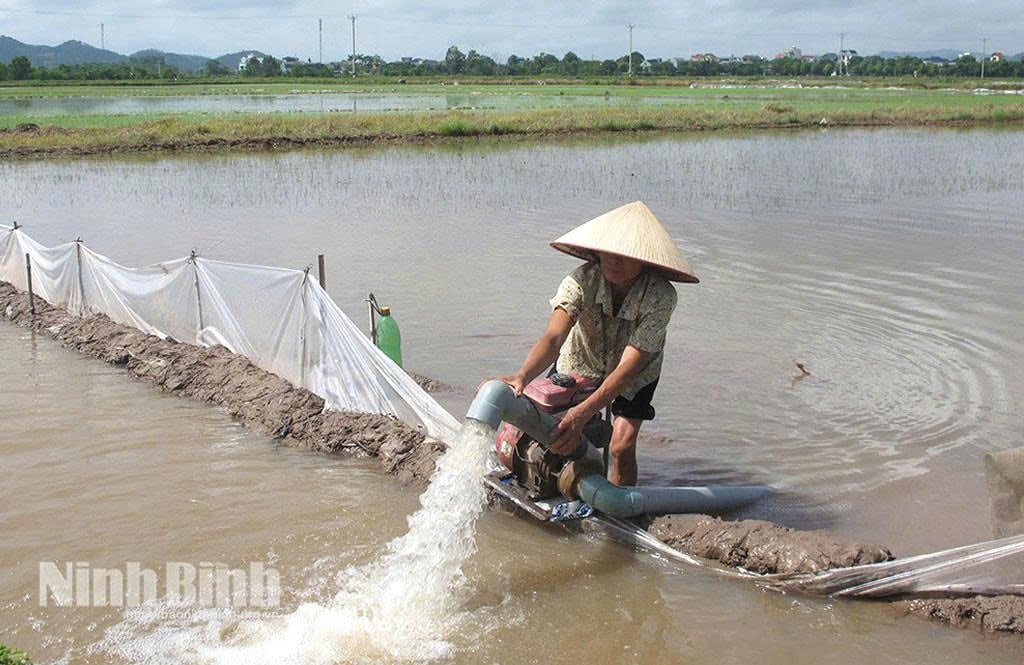
Storm No. 3 has strong winds of level 8, gusts of level 10, along with widespread rainfall of 100-250mm, in some places over 250mm, causing flooding in many rice fields, vegetable fields, aquaculture areas... With efforts and determination to quickly restore production after the storm, Party committees, authorities and people in localities are actively and synchronously implementing drastic measures suitable to local conditions.
Due to the impact of storm No. 3, in the area served by Ha Nam Irrigation Works Exploitation One Member Co., Ltd. (KTCTTL), there was an average rainfall of more than 100 mm, causing flooding for nearly 4,780 hectares of newly planted winter-spring rice in the localities. Actively implementing synchronous measures to drain water and save rice, the Company organized the operation of nearly 60 pumps of 17 pumping stations to drain water. The team of irrigation workers was mobilized to focus on checking and promptly clearing congestion on the drainage system, canals and in front of the trash screens of the suction tanks of the pumping stations. By 7:00 a.m. on July 23, nearly 3,400 hectares of winter-spring rice were flooded, including: 794 hectares of light flooding, 705 hectares of total flooding, and nearly 1,895 hectares of deep water.
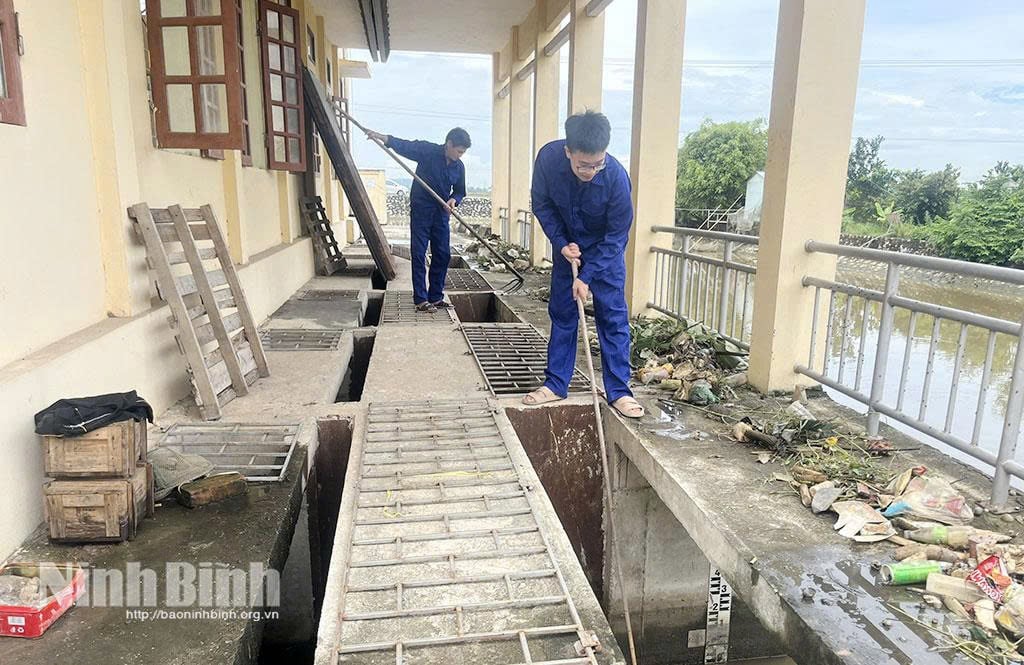
Mr. Le Van Hoa, Director of Ha Nam KTCTTL One Member Co., Ltd. said: “The company is urgently draining water for newly planted rice areas in localities. With current weather conditions, the deeply flooded rice areas will be basically drained, significantly reducing the area of rice that is floating and completely submerged. It is expected that the water will completely drain in the next 1-2 days, minimizing the area that needs to be replanted.”
Currently, the task of flood control is also being implemented synchronously by agricultural service cooperatives in the province with many measures, mobilizing maximum human resources, pumps, including those of local people.
Thanh Ha Agricultural Service Cooperative (Liem Ha commune) planted more than 400 hectares of winter-spring rice, of which 50% of the rice area was sown in mid-July. Prolonged heavy rains caused more than 50% of the cooperative's winter-spring rice area to be flooded, many areas were completely submerged. Faced with this situation, Thanh Ha Agricultural Service Cooperative implemented local drainage, operating electric pumping stations in the fields to pump water to the main canal system. In areas that were too low and far from the main canal system, the cooperative mobilized people's oil pumps to locally drain water. Thanks to that, by the morning of July 24, more than 80% of the flooded rice area had been drained, so the growth and development of the rice was not affected.
According to Mr. Lai Trung Tam, Director of Thanh Ha Agricultural Service Cooperative: The locality is located in a low-lying area, at the end of the main irrigation system. When there is heavy rain, the Cooperative quickly and synchronously deploys solutions, in conjunction with the Irrigation Enterprise, the Cooperative and the people to facilitate and quickly drain the water. At the same time, it propagates and guides people to properly manage the reserve rice seedling area so that they can re-prune and re-plant in areas affected by newly planted rice and golden apple snails.
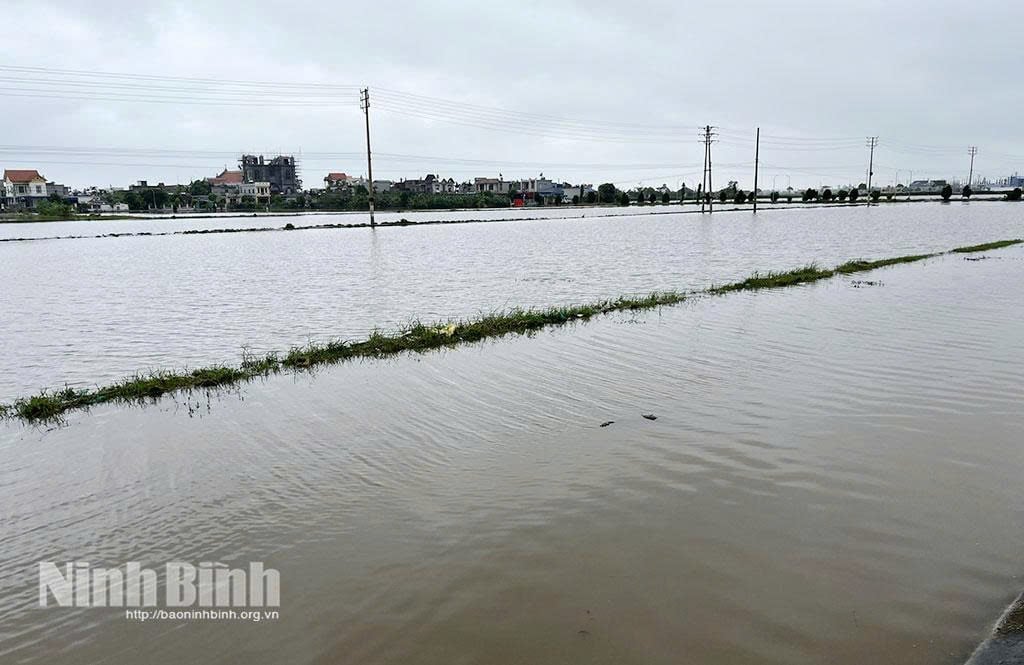
In some low-lying communes under the management of irrigation and drainage services of Nam Ninh KTCTTL One Member Co., Ltd., more than 7,000 hectares of winter-spring rice were flooded, most of which were newly planted areas. If the water was not drained in time, it would seriously affect the growth and development of the rice plants. With the highest determination and effort, the Company mobilized 100% of workers and laborers, organized and assigned forces to conduct monitoring 4 times/day and calculate the water flow on the Red River and Dao River, ready to open 57 sluices under the dikes, including 43 sluices on the main dikes and 14 sluices on the secondary dikes to drain water throughout the system at any time, regardless of day or night, to ensure the fastest drainage, protect and restore production. At the same time, operate at maximum capacity 11 pumping stations under the dikes with a total capacity of 199,950 m3 /hour, to drain water and save the rice.
According to the Department of Agriculture and Environment, nearly 78,356 hectares of rice fields in the province were flooded. Of these, more than 67,162 hectares were completely flooded, 7,536 hectares were partially flooded, and 2/3 of the area, 3,657 hectares, were flooded. Many trees, medicinal plants, fruit trees, ornamental peach trees, and crops were flooded and broken.
In addition, the province has 3 landslides at Nam Quan Lieu dike at Km1+850 (Nghia Son commune) and landslides at Vai Gioi mountain (Nam Hoa Lu ward), landslides at Lo Xuyen dike (Ninh Giang commune). To overcome the damage after the rain and storm, the KTCTTL companies in the province have operated 345 pumps of 110 pumping stations; 116 culverts under the dike and 19 culverts to drain water.
Comrade Nguyen Sinh Tien, Deputy Director of the Department of Agriculture and Environment, said: The Department of Agriculture requested localities to delimit and regulate water reasonably for each area, proactively drain buffer water on canals, especially in low-lying areas when there is heavy rain. Localities continue to direct the maximum operation of the assigned management and exploitation capacity of works to drain water for flooded areas and rice fields, crops, in accordance with terrain characteristics, rainfall conditions and capacity of works. Regularly inspect construction items, especially main canals at vulnerable locations at risk of landslides; promptly handle incidents that occur; accurately grasp water level developments and proactively manage production, ensuring safe operation of works.
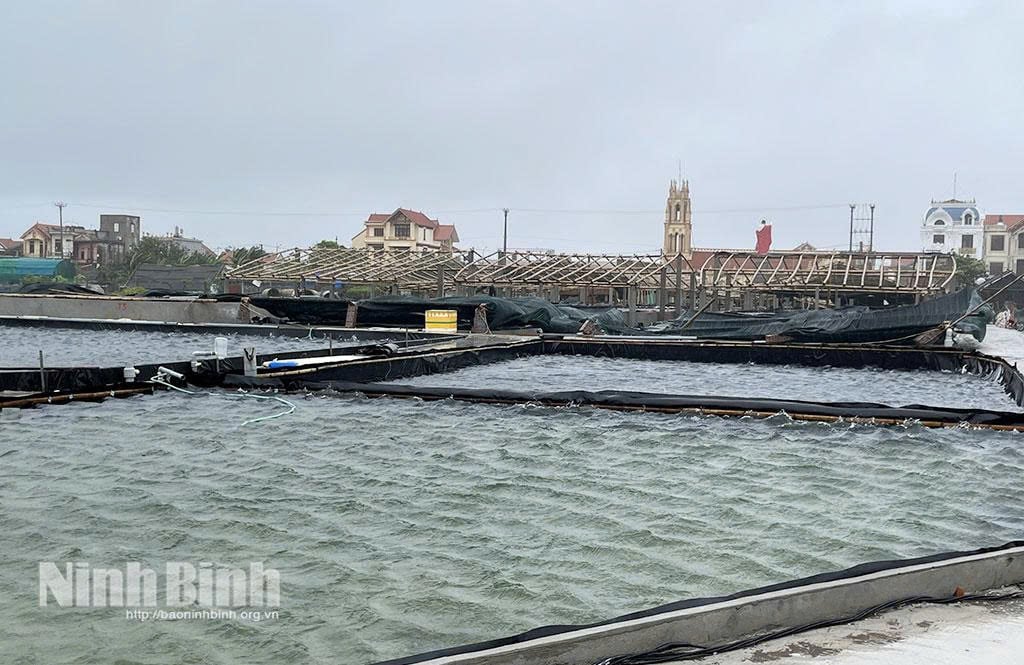
Along with the drainage, saving rice and crops, the work of overcoming the consequences on aquaculture areas in localities is also being focused on. In Hai Thinh commune, 310 hectares of aquaculture were damaged by heavy rains, water overflowed the banks, causing environmental shock to aquaculture products, loss of fish and shrimp larvae and pollution of the pond environment. Comrade Tran Minh Dang, Secretary of the Commune Party Committee, said: Immediately after the storm, the Commune Party Committee and People's Committee urgently directed the implementation of measures to restore production and minimize damage to farmers. The Economic Department and cooperatives focused on zoning, operating the drainage system, arranging suitable drainage pumps; instructing people to open sluices in aquaculture ponds to quickly drain water out of the pond, clean the farming area, and treat the environment with biological products to disinfect and sterilize.
For ponds that are completely flooded, instruct farmers on how to treat the pond environment and restock fish in accordance with environmental conditions, while continuing to invest in improving the embankment system, drainage culverts, and nets to increase resilience to extreme weather events. Encourage aquaculture businesses to proactively provide fish seeds, feed, and technical advice to help people quickly restore production and stabilize income after the storm.
The drastic participation of functional sectors, Party committees, local authorities and farmers to protect and restore the production of winter-spring rice, summer-autumn crops and aquatic products after storm No. 3 will contribute to minimizing damage, ensuring high results in productivity, output and income value per unit of cultivated area.
Source: https://baoninhbinh.org.vn/nhanh-chong-khoi-phuc-san-xuat-sau-bao-so-3-882413.htm






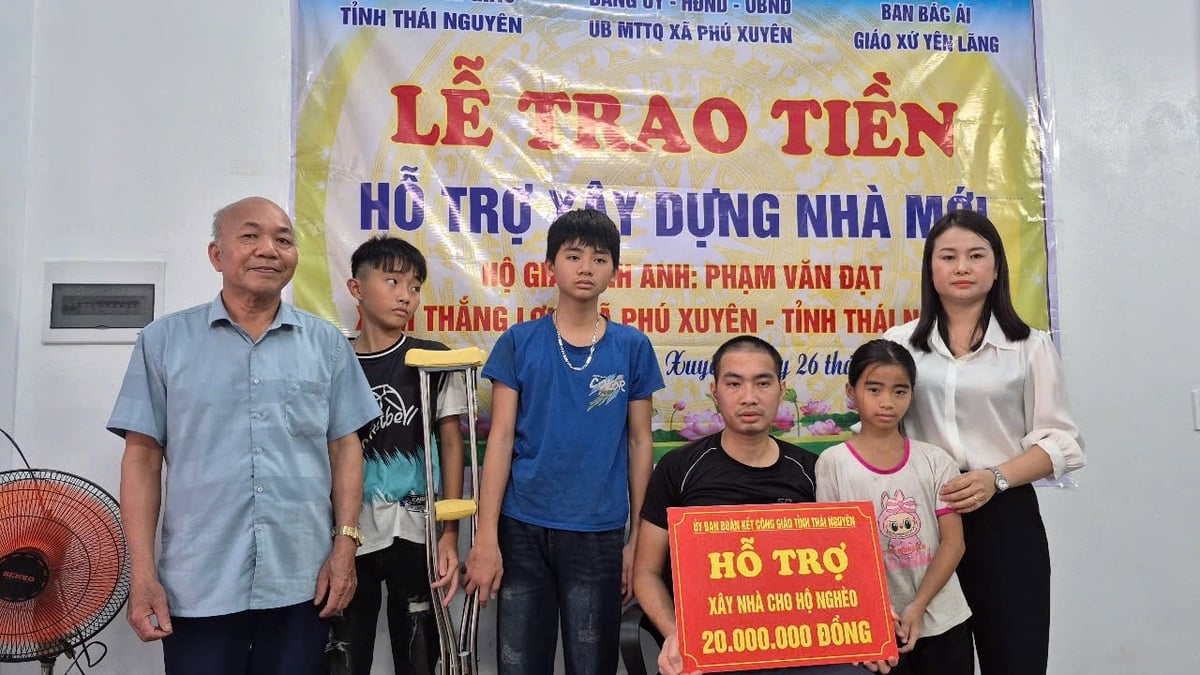

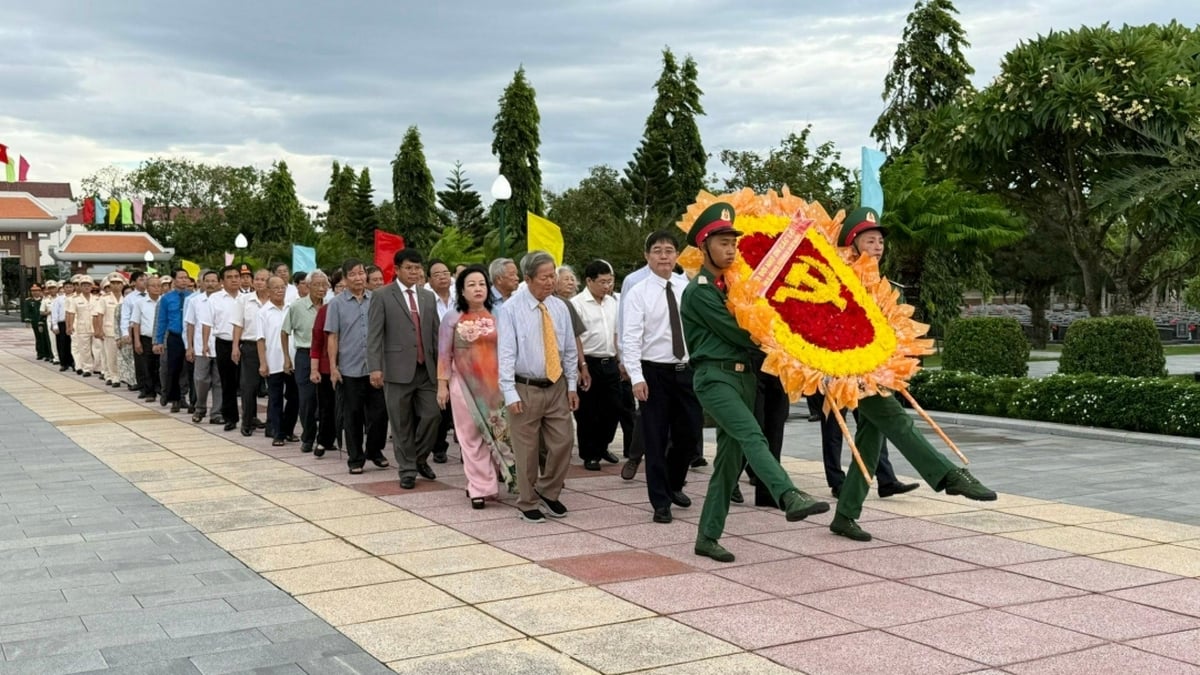

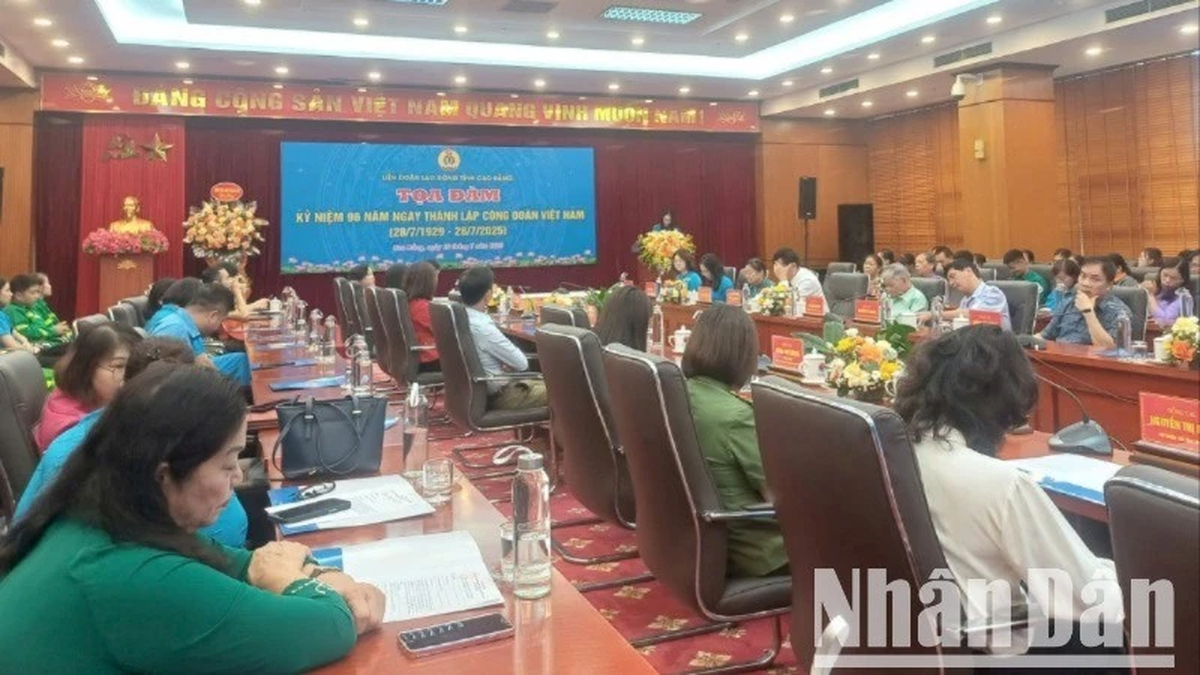


















![[Photo] Signing of cooperation between ministries, branches and localities of Vietnam and Senegal](https://vphoto.vietnam.vn/thumb/1200x675/vietnam/resource/IMAGE/2025/7/24/6147c654b0ae4f2793188e982e272651)



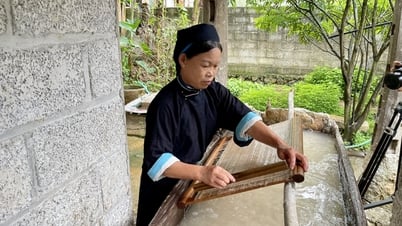




























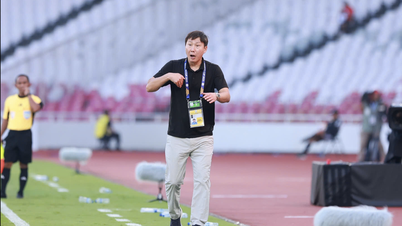













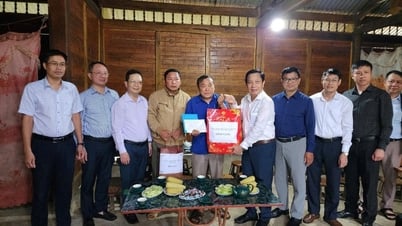
























Comment (0)